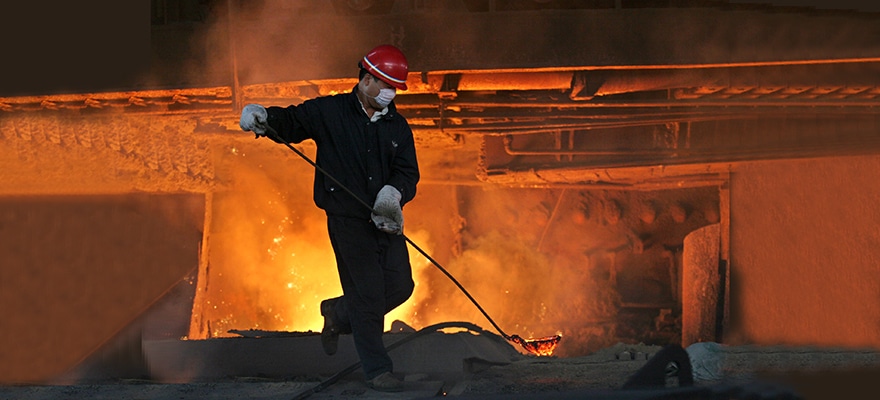One of the most explosive sectors of 2021 has been commodities. Across virtually every industry and country, the cost of seemingly everything has been spiking in value, leading to runaway prices and talk of a commodities supercycle.
A supercycle is hardly a new concept, though one that has gained legs over the past six months with economies and countries rebounding off of Covid-induced lockdowns and the throttling of industries.
Consumers, investors, and businesses alike have all noticed rising prices of metals, food, and basic building materials such as concrete, lumber, and steel, among others.
Under normal situations, a given commodity can increase in price, which would result in a greater supply by producers. This helps modulate and ultimately reduce the price of said commodity, in effect controlling it from growing exponentially – the inverse is also true.
During a supercycle, this controlling mechanism is nonexistent, leading to a surge in prices that are seemingly unchecked. Additionally, a shortage of supply given disruptions in production and shipping has also led to increases in prices.
The result has been an explosion of nearly every building material globally, which is causing concerns for new home builders, manufacturers, and others due to supply chain woes.
Will This Trend Continue?
In the short-term or next six months, it is unlikely this trend will show any signs of slowing down. With most economies not even fully at capacity or still re opening, its quite likely we will see further growth in commodity prices as industrial capabilities reach pre-Covid levels.
In the US and Europe, massive stimulus measures, infrastructure bills, shortages in supply lines and pent-up demand have helped fuel an outright boom.
This has been reflected in the Bloomberg Commodity Spot index which is at its highest level since 2011.
Every commodity over the past year has grown exponentially in price, rebounding off of pandemic lows back in March 2020. Many in particular such as copper and others are at all-time highs.
There have already been shortages around the market of all basic or raw materials and even metals, such as the buyout of the silver market back in February this year.
While this trend cannot go on forever, the rise in commodity prices is unlikely to abate anytime soon with demand being so high and supply shortages abounding.
As economies in Europe start to reopen and operations resuming worldwide, the appetite for commodities and materials such as bauxite, steel, and others will grow proportionately.
Additionally, many countries are now pursuing more climate-oriented goals and benchmarks, increasing the premium for all components used in this technology and renewable resources.
Consequently, silver is seen as a major beneficiary of this trend, being an integral part of solar and electric vehicle production.
Best Plays for H2 2021
The ‘everything rally’ is poised to continue in the second half of 2021, though there are still some solid plays in spite of rising prices.
Silver in particular is far below the highs of 2011 when it hit $50, and gold is still below its all-time high from previous years. With inflation slated to continue, these are excellent bets to rise in tandem with a weakened US dollar.
As the housing and construction season kicks off as well, lumber will continue to see a rise, though is already trading at fresh highs.
Finally, the steel industry has been roaring back in 2021 and should only continue to strengthen into the summer months. Specifics of a massive US infrastructure bill will continue to be finalized, which portends massive spending and appetite for steel.
China’s recent efforts to help modulate or cool the sector has done little to derail steel prices, which should continue to rise into the fall.
Of course, the trajectory of all these commodities is pending a continued re-opening of economies, cessation of Covid outbreaks or new strains, and industrial activity trending upwards.
For now, traders should look for temporary dips in any commodities prices, immediately following bond-induced jitters. These instruments are historically quite choppy and any due diligence is required before trading any of these assets.











